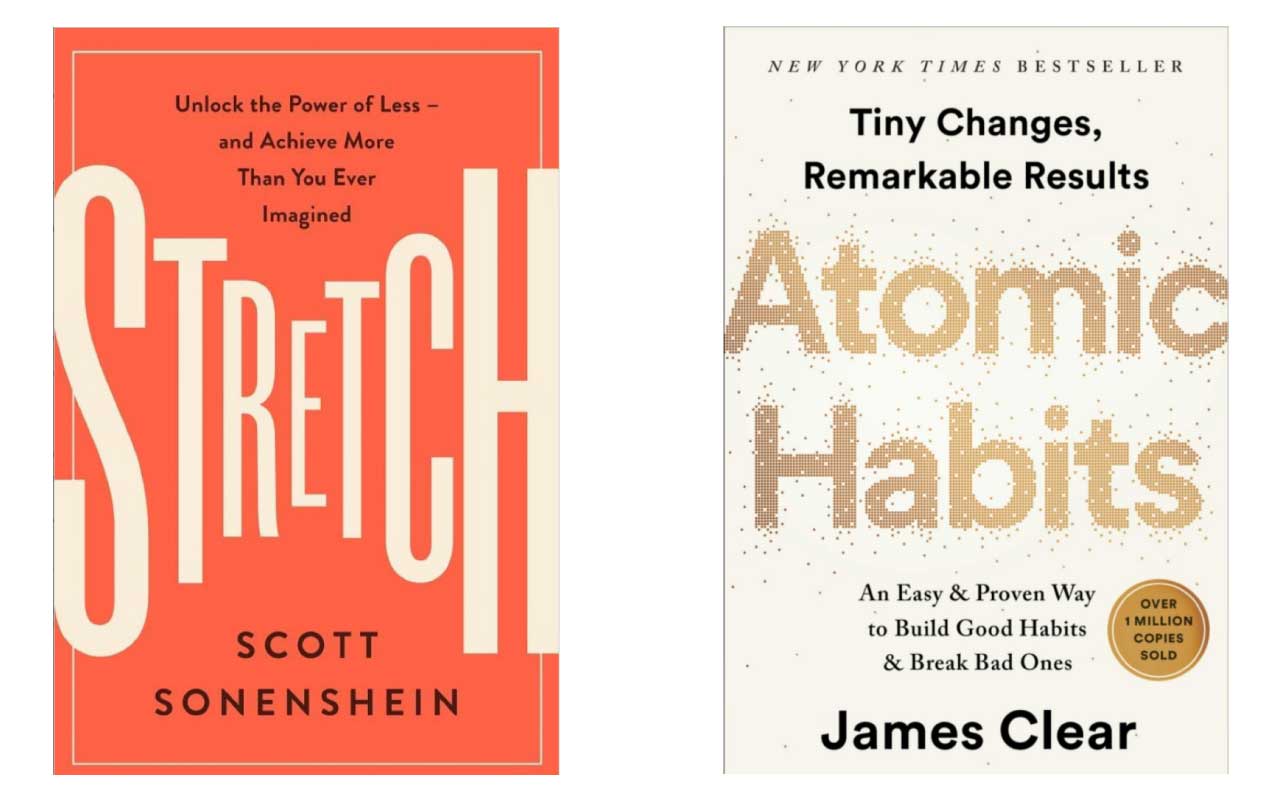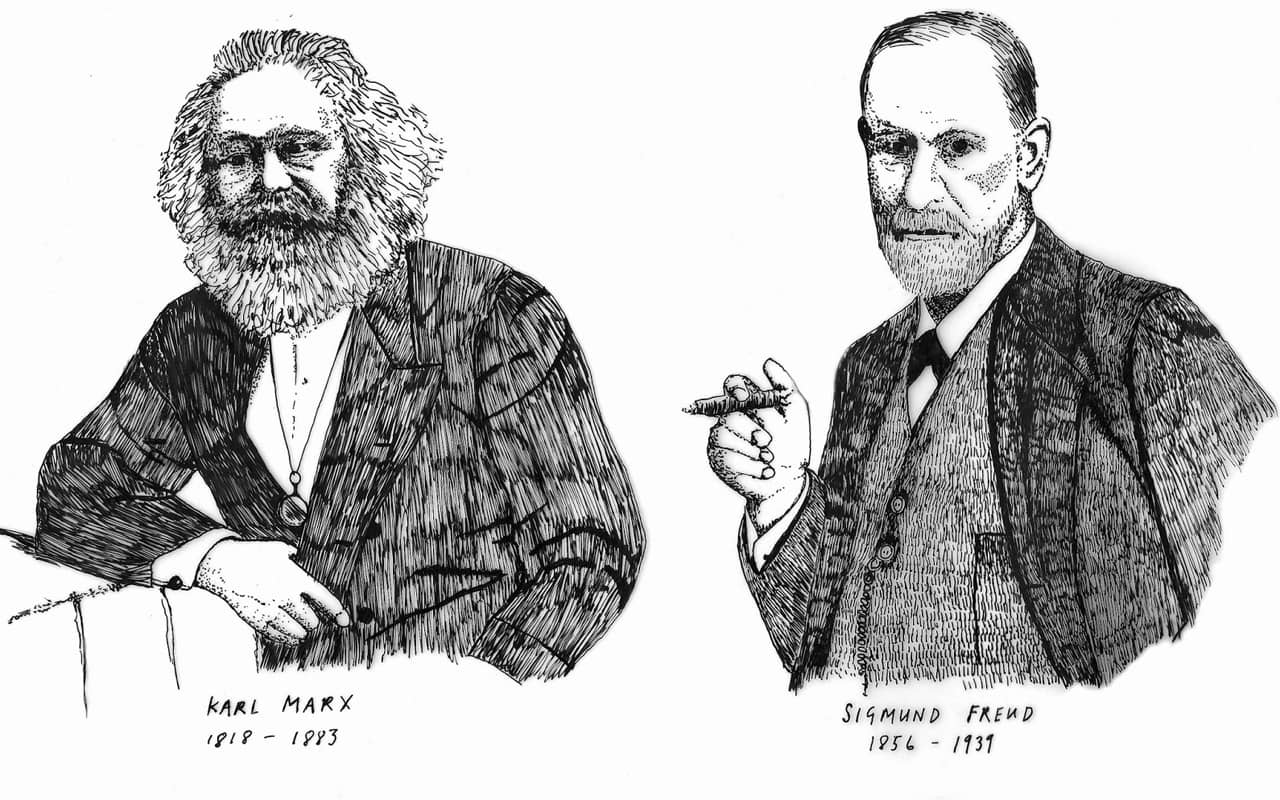 It’s great to work on improving your mind, but how about a detailed list of the best critical thinking examples?
It’s great to work on improving your mind, but how about a detailed list of the best critical thinking examples?
The kind you can practically copy and paste into your life based on the success of others.
After all, the most successful people always stand on the shoulders of giants. And so should you.
Rather than just list out thinking skills like observation, analysis and induction, on this page we’re going to dig deep.
To do that, we’re going to explore actual examples of critical thinking you can use to benefit your life.
In fact, you’re about to maximize every angle involved in coming to the best possible conclusion. Every time.
So let’s get started.
Why Critical Thinking Is… Critical
Whereas the majority of people brush off the benefits of critical thinking, smart individuals like yourself seek to improve.
Not just as a one-off deal.
Critical thinkers know they need to make sharpening their minds a marathon that lasts for life.
Why?
Because elevated intelligence involves embracing a simple fact:
We don’t know what we don’t know.
There are always blank spots. We need to seek them, fill them in and acknowledge that the more we know, the more there is to know.
Why will there always be unknowns?
Because each new book we read will refer to other books, just as each new conversation will reveal details we’ve never encountered before.
Critical thinking also helps us avoid traps, such as being a know-it-all when the only thing we know is that we can’t know it all. And if we do make that mistake, critical thinking gives us the modesty needed to admit when we’re wrong.
So if you’ve ever wondered about how to increase your IQ, seeking examples matters.
In fact, modeling the best “mental chess” performed by authentic people is one of the biggest levers for improving your own mind. So let’s dive in and look at some incredible and specific examples.

7 Critical Thinking Examples In Everyday Life
A lot of people believe that you have to “think outside of the box.”
This is sometimes true. More often, however, people haven’t thought their way through the inside of the box nearly enough.
And as you’ll see from our first example, sometimes you have to get rid of the box altogether.
One: Repel the Problem
In Lead with a Story, Paul Smith relates the tale of Tide, a laundry detergent brand.
First introduced in 1946, the brand’s owner, Proctor and Gamble sought to improve the product. They spent years trying to create formulas that would remove tough dirt stains without damaging clothing.
It turns out, there is no way to make a detergent stronger without also weakening the fabric it is made to clean.
Unless you have great minds on the team to work through such critical thinking scenarios.
As Smith sums it up:
“Instead of trying in vain to find chemicals that could remove the dirt, the team switched its efforts to finding chemicals that prevented it from redopositing on the fabric in the first place.”
In other words, the Tide team found a way to prevent the problem of clothes getting dirty in the first place.
Two: Redefine the Problem
Benjamin Hardy named his bestselling book by saying the problem out loud, Willpower Doesn’t Work.
We all know this from experience. We try to use our minds to motivate ourselves, but continually fail.
But by looking at a few factors, such as the neurochemistry of the brain and what successful people actually do (instead of what we imagine they do), Hardy identified the rules and principles that govern the environments of successful people.
You’ll find similar, science-driven descriptions in Daniel Coyle’s The Talent Code, Scott Sonenshein’s Stretch and James Clear’s Atomic Habits.
So instead of battling a problem that can’t be solved – like willpower, which I’ve demonstrated doesn’t work – use science to redefine the problem and build environments and performance systems that make success inevitable.
Three: Gather and Analyze the Data that Matters
In The Luck Factor by Richard Wiseman, you’ll read the story of Carolyn, who felt down on her luck.
Rather than leave things to how Carolyn felt, Dr. Wiseman had her fill out a Life Satisfaction Questionnaire. It’s much like the Wheel of Life I discussed with Arthur Worsley on the Magnetic Memory Method Podcast.
After getting the data down on paper, Dr. Wiseman gave Carolyn some lessons in how to be more lucky in life.
Spoiler Alert: Most of those lessons involve little more than reflective thinking and objective reasoning, two key parts of thinking logically you might want to beef up on.
After applying these principles, Carolyn’s luck went up, as did many other participants in Dr. Wiseman’s studies.
Personally, Wiseman’s book changed my life. Prior to completing its exercises and analyzing my own data, I had a very bleak outlook on just about everything in life.
But when you think critically about the data that matters, it’s much easier to see ways to improve your life. For more science-based examples, see the data behind why the world itself is getting “luckier” in Enlightenment Now by Steven Pinker and Factfulness by Hans Rosling.
Four: Call a Spade a Spade
When you analyze data, you’re going to discover some uncomfortable truths. But as an advanced thinker, it’s your duty to point your findings out in a calm and kind manner.
This was the case when I interviewed fellow mnemonist and memory expert Martin Faulks. In our discussion he used Sherlock Holmes as a reference for the Memory Palace technique.
Although I did not want to directly contradict my guest on the Magnetic Memory Method Podcast, the fact is that:
- The use of this memory technique in Sherlock Holmes misrepresents it
- Sherlock Holmes is a fictional character, so not a valid example of what is possible
- This narrative world is associated with dark themes of criminal murder and not at all related to the positive outcomes we actually use the techniques to achieve
Martin wasn’t offended at all. In fact, it opened up the discussion to a new and unanticipated area both our audiences enjoyed.
In sum, always speak plainly without trying to avoid or erase issues you fear might be unpleasant. To do so is the opposite of critical thinking.
Five: Use Human Psychology
In the book You Are Not So Smart, David McRaney details research that shows how quickly people forget details.
Yet, how many of us berate ourselves by worrying about what others think about us.
For example, some of us engage in self punishment for hours when we’ve said something we think is stupid. We unfortunately don’t realize that people simply forget the vast majority of what we tell them.
Likewise, if you have some dead skin on your face or dirt on your clothes, most people either won’t notice or forget about it quickly.
Derren Brown makes a similar point in his book, Confessions of a Conjuror.
In this book, Brown talks about a friend with poor skin. His friend did not realize this psychological fact about people, their attention span and their memory. As a result, this person tortured himself unnecessarily with worry about what other people think.
Not only can you remove yourself from such suffering, but you can improve your own thoughts about others. As Brown goes to great pains to point out in this book, if we are the kind of people who would judge others over such fickle matters, we should learn to be more kind.
Six: Ask Better – Ideally Epic – Questions
In his famous essay, “What is an Author?” Michel Foucault asks us to go beyond right and wrong.
For example, both Sigmund Freud and Karl Marx were wrong about many things. In both cases, many tragic outcomes resulted from their works.
By the same token, they opened up new conversations that people were not able to have before.
Obviously, there’s a lot at stake when asking questions that change the nature of entire societies.
Elon Musk is one such person asking new questions in our era and influencing change as a result. Despite his talk of “first principles thinking,” Musk is clearly not always the greatest demonstrator of this kind of model.
But as Foucault points out, we need people like this to take the risks and take us into new areas of thought. Then, we can study their examples and do better in the future.
Seven: Assess the Risks Before Taking Action
Perhaps no organization on earth is better at assessing the risks than NASA. They’ve sent people to the moon and help maintain an incredible international space station.
You can actually read their Risk Management Handbook. Not everything in it will apply to your life, but you can learn a lot.
For example, you’ll learn about:
- Defining expectations
- Designing when decisions will need to be made and how to make them
- Dealing with uncertainty
- What kinds of situations require more formal procedures
- How decision makers should act and to whom they are responsible

If this kind of material is too abstract, there are many wonderful books about various NASA missions that can give you a strong sense of the critical thinking involved. The First Man by James R. Hansen is an incredible read, to take just one example.
Improving Your Critical Thinking Skills
How do you get started with thinking more critically?
First, you’ve got to commit to practicing the art of thought more often.
That’s pretty easily done when you read more often. I’ve given plenty of examples above and I hope you’ll follow up with some of those books.
To go deeper, you want to learn more about thinking. For example, there is:
- Synergistic thinking
- Blank slate thinking
- Adaptive thinking
- Mastermind thinking
- Last principles thinking
I’ve laid out these and more in my post on the 9 Critical Thinking Strategies lifelong learners need to know.
I commend you on seeking good examples of critical thinking and hope you’ll add some more in the discussion area below.
And if you’d like to memorize examples like these so you can refer to them later without having to look them up, please grab my free memory improvement kit right here:
Related Posts
- 11 Benefits of Critical Thinking That Rapidly Improve Your Life
Critical thinking provides so many benefits. But did you know there's more than one kind…
- 9 Critical Thinking Strategies That Lifelong Learners Need To Know
Reading on its own is not enough. You also need critical thinking strategies. Here are…
- 5 Critical Thinking Quotes That Will Instantly Sharpen Your Mind
Most critical thinking quotes have nothing to do with the critical part. These 5 quotes…
- 9 Deadly Critical Thinking Barriers (And How to Eliminate Them)
Most barriers to critical to critical thinking are easily removed. Read this post to boost…












4 Responses
Great addition to your repertoire Anthony.
Thanks so much, Rosemary.
I’ve been blogging quite a bit about critical thinking lately to pick up again on when it seemed so necessary to live stream about a few years ago.
It’s such a critical skills and I appreciate you chiming in about it and helping spread the word!
The fact that you can think critically is something I think people take for granted every day and they tend to be biased to not do it. The problem I think is that most people are really good at solving everyday problems really well so they think their thinking is fine. I think that few people take their thinking a step above to consider how their view is not the only view. This is a common problem that affects everyone and I think if they thought more scientifically or critically they would feel slightly less pain. As you have probably considered, Anthony, you can’t have pleasure without pain, but balance is really the key.
Thanks for this compelling post, David.
It raises this question:
To what extent does daily problem solving involve “critical thinking”? I think in reality a lot of it comes from default, cognitive biases and other processes that are more or less automatic.
So I do think you’re right that this can create the illusion that people “think” their “thinking” is fine, but what they are considering thinking isn’t thinking at all in the sense we’re talking about.
I’m not sure I agree that you can’t have pleasure without pain. That sounds like a generalization that doesn’t pan out.
Do you mean something more like you can’t get a result without an investment?
If so, that seems like more of a generalization that would stand in this context, and from there we could enumerate the number of investments that are incredibly pleasurable as opposed to those that involve discomfort.
People might be surprised by just how many investments in self education lead to huge results that don’t have to be painful at all.
Your thoughts?